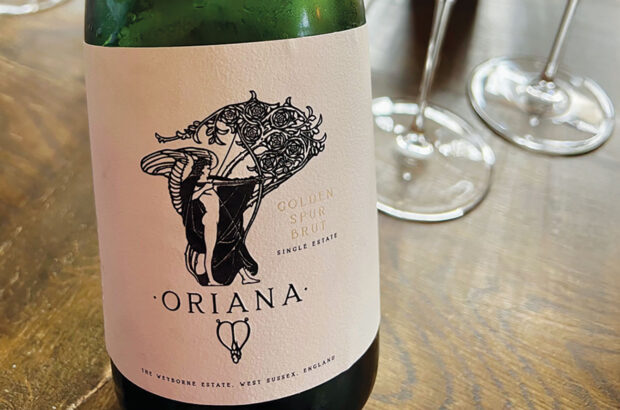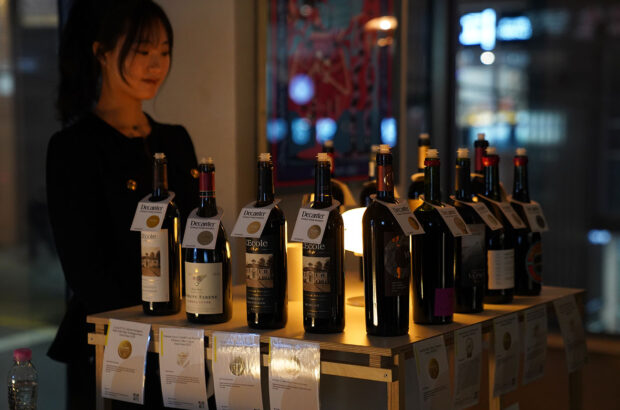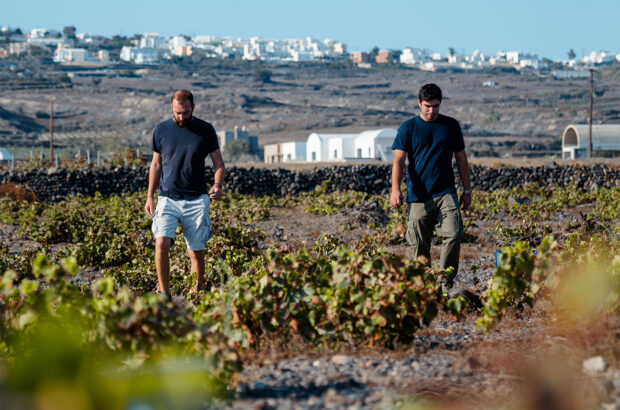Champagne Telmont, based in Damery in the Marne Valley, is seeing in its fifth year as official partner of the Cannes Film Festival with its own premiere.
It is the first time its Champagnes will be opened and served from its new 800g bottles, which the producer developed in collaboration with glassmaker Verallia.
Champagne bottles are notably heavier than those of still wines, having most recently been reduced to a standard of 835g in 2011, down from 900g.
This compares to an average range of 350g-500g for still wines.
This makes bottles a major source of carbon emissions for the Champagne region.
Telmont has calculated that bottles represent 24% of its total emissions, whereas the region as a whole reports 32% of its carbon footprint as coming from packaging.
After extensive trials to test the safety of the lighter bottles – which must withstand the six bars of pressure created by the in-bottle second fermentation – Telmont bottled 30,000 bottles of its organic Réserve de la Terre from the 2023 harvest.
This weight reduction forms part of Telmont’s broader strategy to become the region’s first net positive producer by 2050.
The producer has intermediate goals for 2030 to become carbon neutral and climate positive, which according to Telmont’s Sustainability in Champagne report means ‘compensating by absorbing or offsetting more greenhouse gases than we emit.’
Telmont has also gone against the grain in a region known for imaginative bottle shapes and eye-catching gift packaging by eschewing both.
Its sustainability guide points out that the classic Champagne bottle shape, of which the producer’s 800g bottle is a refinement, is ‘optimised’ for strength versus weight, whereas a bespoke bottle shape ‘reduces the resistance to pressure,’ meaning a greater thickness and weight is required, pushing up carbon emissions.
The change in weight, however, pales in comparison to the impact of abandoning clear glass (which cannot be made with any recycled glass content).
The new bottle weight will lead to less than 1% reduction in the house’s overall scope 3 carbon emissions (indirect emissions coming from the supply chain), whereas the switch to bottles made of 87% recycled glass will save 19.3% of scope 3 emissions by 2030. Increasing this recycled glass content to 90% of each bottle will save a further 0.6%.
Telmont is undergoing a period of sustained growth since wine and spirits giant Rémy Cointreau became a majority shareholder in 2020.
With this new release, Telmont continues to stake its claim as the house with one of the most clearly articulated sustainability visions in the region.







